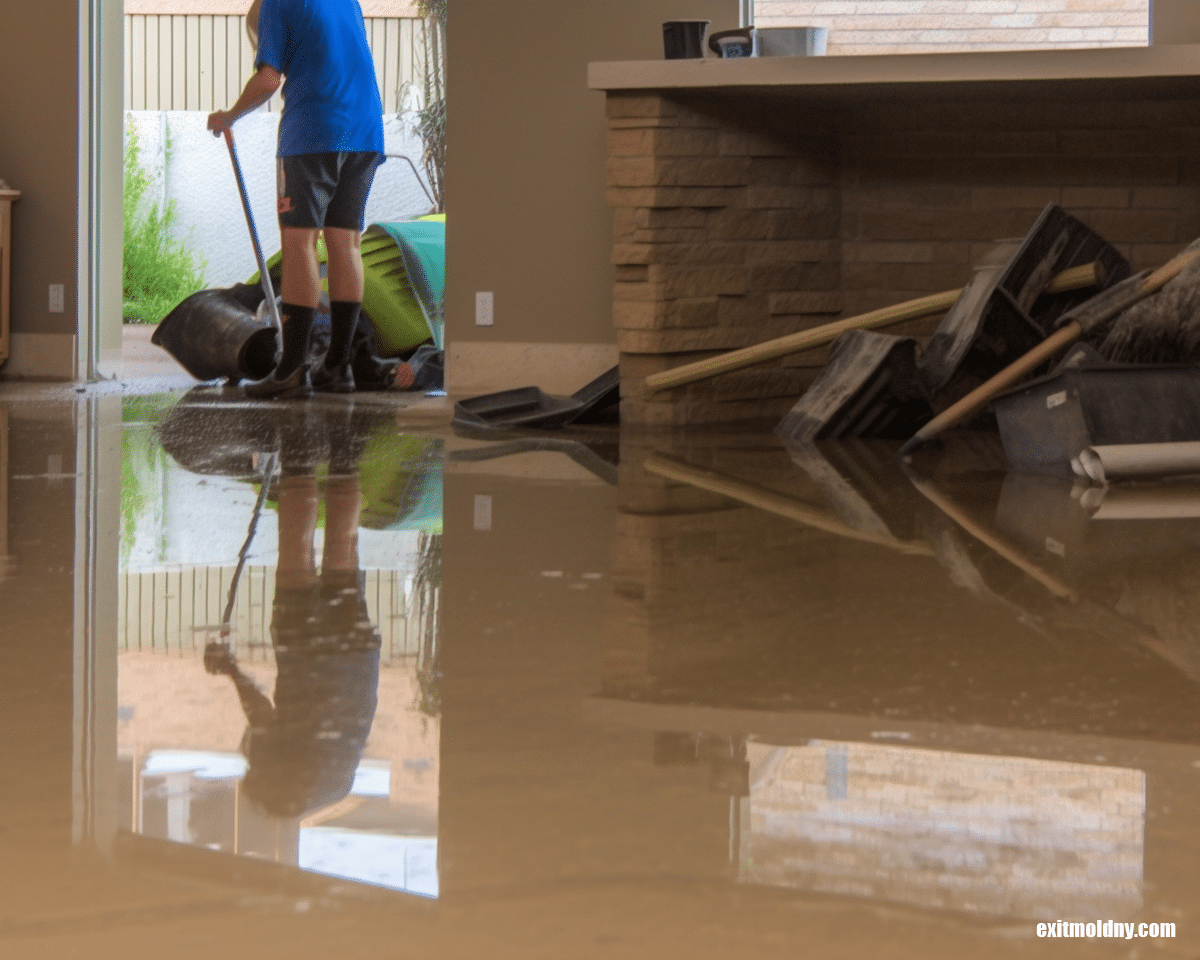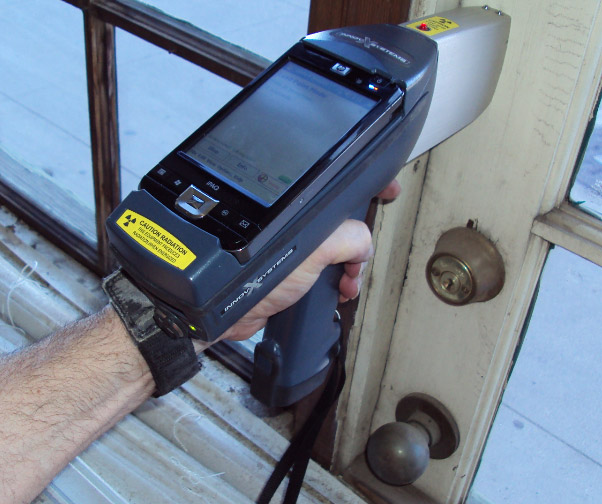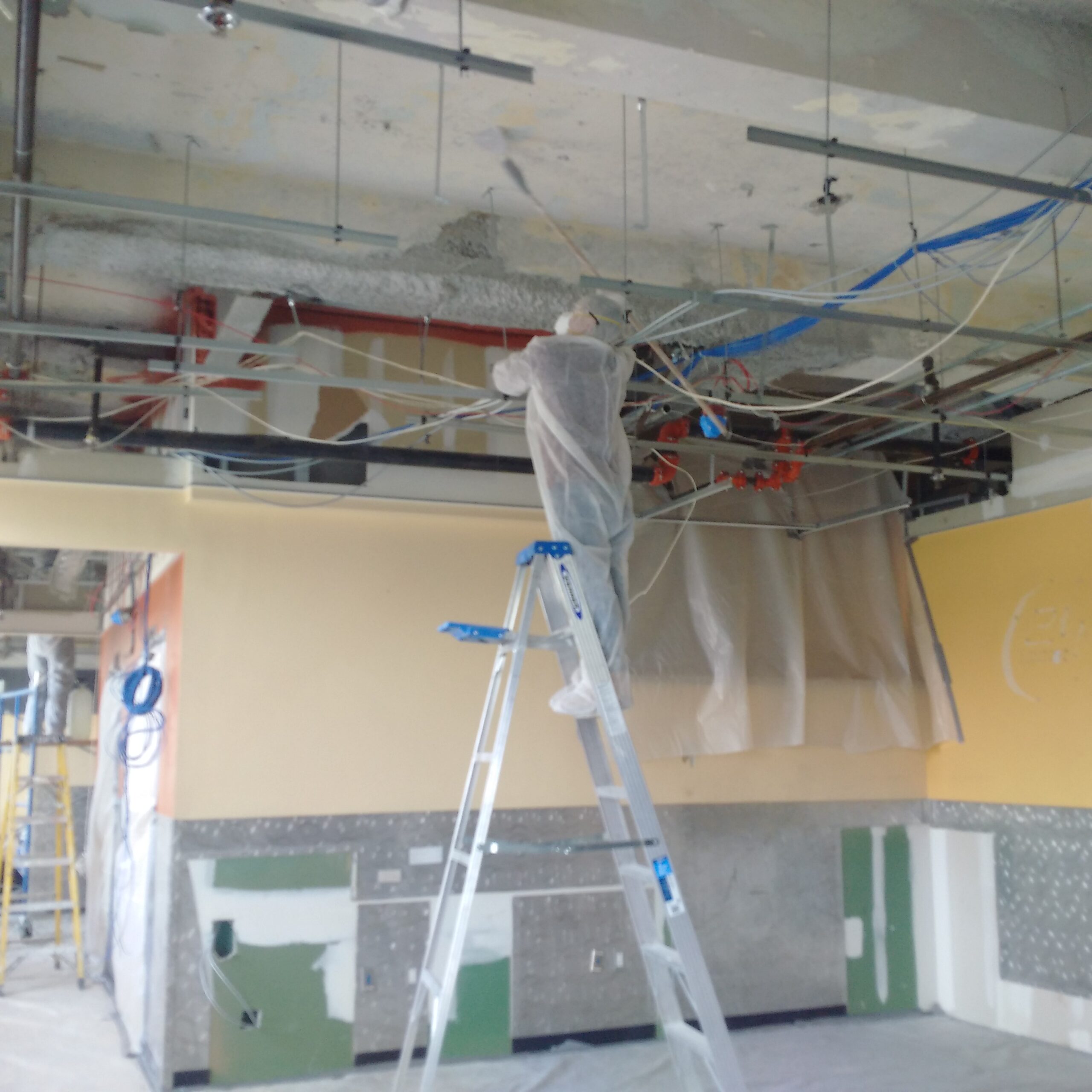Comprehensive Overview on Effective Lead Offense Removal Techniques
In the world of environmental safety, dealing with lead violations demands a careful and organized strategy. This comprehensive guide starts by highlighting the vital initial steps of recognizing lead dangers via sophisticated evaluation and testing techniques. Methods such as XRF analysis and dust clean sampling are crucial in identifying contamination resources. Additionally, the guide specifies on the value of sticking to rigid safety and security methods during the elimination procedure, including using appropriate PPE and separating impacted locations (Lead Paint Removal Company). The subsequent sections assure to go over post-removal verification and precautionary approaches, ensuring long-term security and compliance. Discover the complex information that make these techniques not just effective yet crucial.
Determining Lead Hazards
Identifying lead risks is a crucial very first step in reducing the risks related to lead direct exposure. Lead, a harmful steel, can be present in different ecological tools, including paint, soil, water, and dust. It postures serious health and wellness dangers, particularly to children and expectant women, leading to neurological damages and developing hold-ups. Therefore, accurate identification of possible lead sources is necessary for effective remediation.
The initial stage in determining lead risks entails recognizing typical lead resources within the developed environment. Frameworks developed before 1978 are especially vulnerable because of the widespread use lead-based paint during that duration. Furthermore, dirt contamination can take place from deteriorating outside paint, industrial discharges, or historical usage of leaded gasoline.
Another significant resource is lead piping and plumbing fixtures, which can seep lead into alcohol consumption water. Durable goods such as toys, ceramics, and imported products might also have hazardous lead levels. Notably, work environments and pastimes involving lead can track impurities right into homes.
Evaluation and Screening
When resolving lead threats, efficient assessment and screening are paramount. This crucial step makes certain the recognition and quantification of lead presence, thereby directing succeeding removal initiatives. First evaluation usually entails a visual examination to determine potential lead sources, such as wearing away paint or infected dust. This is complemented by more rigorous screening techniques to determine the extent of contamination.

Dirt wipe sampling is one more critical technique, specifically in domestic setups. By accumulating samples from floorings, windowsills, and other surfaces, this approach supplies insights into possible direct exposure dangers. Moreover, dirt testing around building perimeters is crucial to find lead contamination that could present dangers, especially to youngsters.
Safe Removal Treatments
Upon finishing complete analysis and screening, implementing safe removal procedures is the following critical stage in addressing lead dangers. This procedure makes certain that lead-contaminated materials are properly and safely gotten rid of, decreasing danger to both employees and homeowners. The very first step includes separating the afflicted area making use of plastic sheeting and correct securing strategies to avoid the spread of lead dirt.
Employees must put on proper personal safety devices (PPE), including respirators, gloves, and disposable coveralls, to reduce exposure. Utilizing specialized tools and damp techniques, her response such as wet sanding or making use of HEPA-filtered vacuum cleaners, decreases the diffusion of lead particles. It is vital to prevent completely dry sanding or unpleasant blowing up, as these techniques can create hazardous lead dust.
Garbage disposal is another important element; all polluted materials need to be firmly bagged and labeled according to EPA and neighborhood regulations. In addition, thorough cleaning of the work area with HEPA vacuum cleaners and wet cleaning ensures the removal of residual lead bits.
Post-Removal Verification

Confirmation of effective lead removal, referred to as post-removal verification, is crucial to make certain the safety and habitability of the remediated location. This process includes a collection of meticulous evaluations and examinations created to discover any kind of residual lead bits that may pose wellness threats. The preliminary step commonly includes an aesthetic assessment to analyze the conclusion and high quality of the remediation work. This inspection ensures that all known resources of lead have actually been addressed which no visible indicators of contamination stay.
Complying with the aesthetic evaluation, environmental sampling is conducted. This includes accumulating dust, soil, and occasionally water examples from the remediated location. Approved laboratories assess these examples recommended you read to measure lead levels, guaranteeing they drop below the safety and security limits developed by regulative bodies such as the Environmental Defense Company (EPA)
Furthermore, air top quality screening may be done to find airborne lead particles, especially in cases where comprehensive lead-based paint removal or restoration has taken place. The outcomes of these examinations provide measurable data verifying that the lead levels are within permissible limitations.
Ultimately, post-removal confirmation acts as a crucial checkpoint, validating the efficiency of the lead reduction efforts and guarding the wellness of residents and site visitors.
Preventive Steps and Maintenance

A vital safety net consists of making use of lead-safe accredited service providers for any kind of improvement, fixing, or paint activities. These specialists are trained in methods that minimize lead dust and particles. In addition, keeping colored surface areas to avoid damaging or peeling off is crucial, as click this site weakening paint can release lead bits right into the setting.
Educational campaigns targeting homeowner and renters relating to the risks of lead and the value of reporting any prospective hazards can even more boost preventative efforts. Regular cleansing using HEPA vacuum cleaners and damp mopping strategies can significantly lower lead dirt accumulation.
Verdict
In recap, efficient lead offense elimination requires a precise strategy incorporating detailed evaluation, precise screening, and strict elimination treatments. Ensuring safety with appropriate seclusion and individual safety tools continues to be extremely important. Post-removal verification via ecological sampling and air quality testing substantiates conformity with recognized safety and security standards. Furthermore, recurring evaluations and maintenance are necessary to minimize future lead threats, therefore protecting public health and wellness and ensuring sustained compliance with regulative needs.
Comments on “Specialist Lead Violation Removal in NYC-- Safeguard Versus Health And Wellness Hazards”